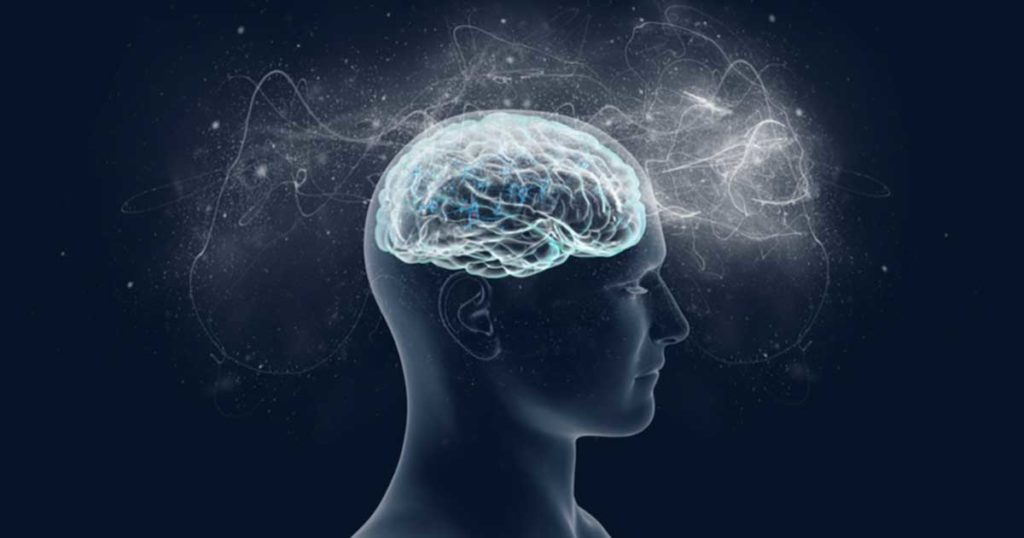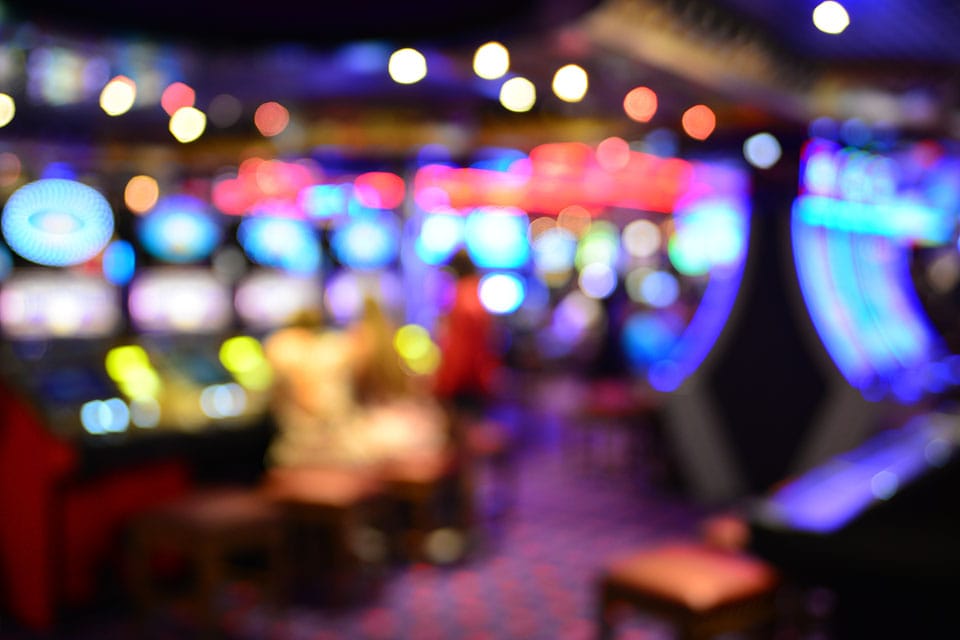Depression is one of the most common mental health conditions in America and around the world. Doctors usually try to address serious symptoms of this condition with the help of antidepressant medications. However, if these medications don’t produce their desired effect, you or your loved one may receive a recommendation to undergo a procedure called repetitive transcranial magnetic stimulation, or rTMS. This brain stimulation technique has demonstrated usefulness as a depression treatment.
Principles of rTMS
All brain stimulation procedures work by using electrical current to activate or deactivate specific parts of the brain. The most well-known of these procedures is electroconvulsive therapy, or ECT. Once known as shock therapy, the modern form of ECT is a far cry from the crude methods made infamous in the middle of the last century. Repetitive transcranial magnetic stimulation has some similarities to electroconvulsive therapy. However, rTMS relies on a generated electromagnetic field instead of direct electrical current. In addition, rTMS delivers a targeted dose of energy to specific areas of the brain instead of affecting the brain more generally like ECT. This approach significantly reduces the risks for unwanted side effects.
What Happens During an rTMS Session?
During rTMS, the specialist conducting the procedure will place an electromagnetic coil on your forehead near a brain region that helps control changes in your mood. Once the coil is positioned correctly, it will start producing brief electromagnetic pulses that penetrate bone and release a small amount of electrical current into the targeted nerve cells. In turn, these cells activate and contribute to mood alteration. The typical rTMS session lasts for roughly half an hour to an hour. You will remain conscious throughout the procedure.
Evidence of Effectiveness
In 2010, the National Institute of Mental Health sponsored a major clinical trial that explored the effectiveness of rTMS as a depression treatment. The results of this trial showed that roughly 14% of all people who undergo one basic course of the procedure experience a full remission of their depression symptoms. The rate of remission rises close to 30% in people who undergo a second course of rTMS.
Side Effects of rTMS
Known possible side effects of rTMS include mild to moderate headaches, short bouts of dizziness and facial discomfort at the site of the procedure or in other parts of your face, jaw or scalp. A very small percentage of people who undergo the treatment may experience some form of seizure. It’s important to note that rTMS has not been in use for long, and no one knows if the procedure can produce any longer-term negative effects. Resources National Institute of Mental Health: Brain Stimulation Therapies https://www.nimh.nih.gov/health/topics/brain-stimulation-therapies/brain-stimulation-therapies.shtml Mayo Clinic: Transcranial Magnetic Stimulation – Risks https://www.mayoclinic.org/tests-procedures/transcranial-magnetic-stimulation/details/risks/cmc-20163840



